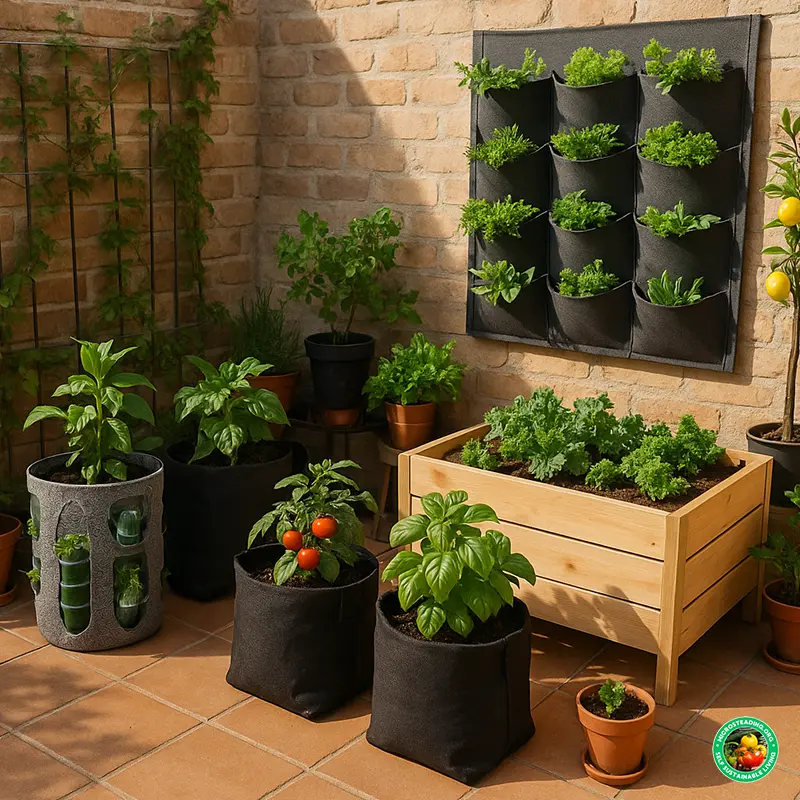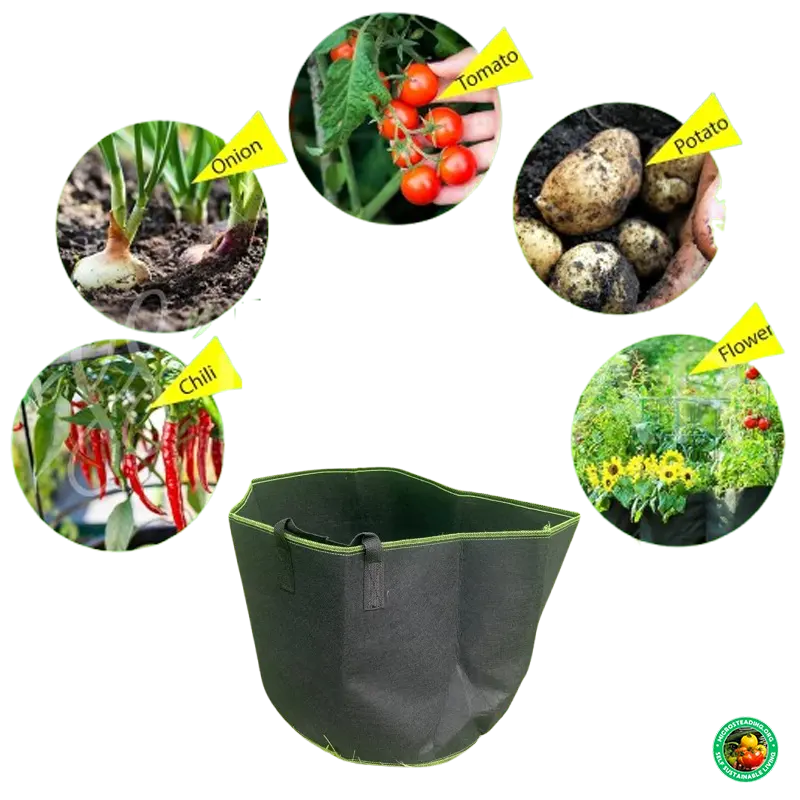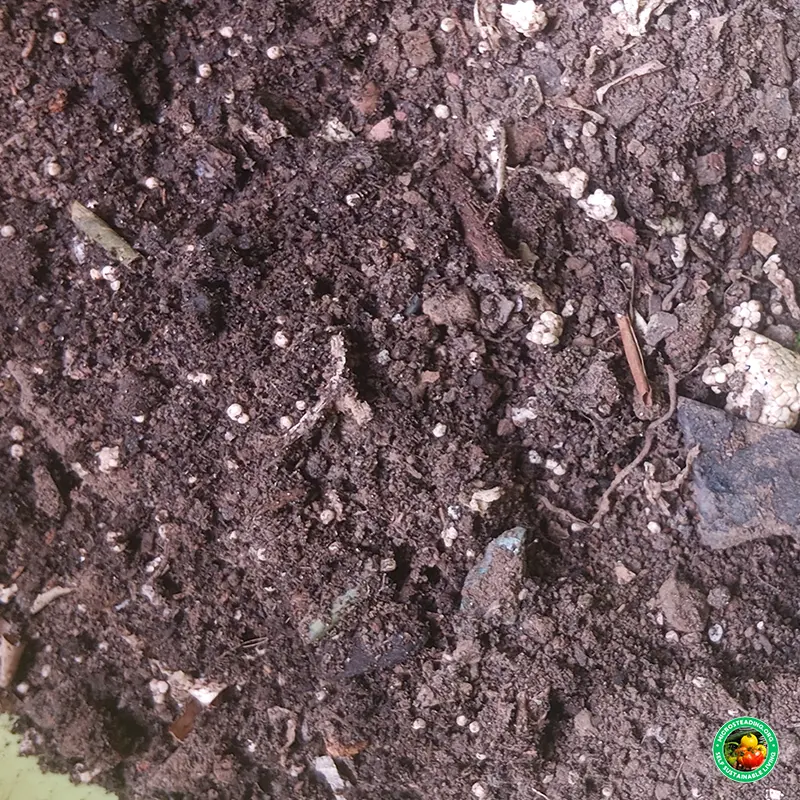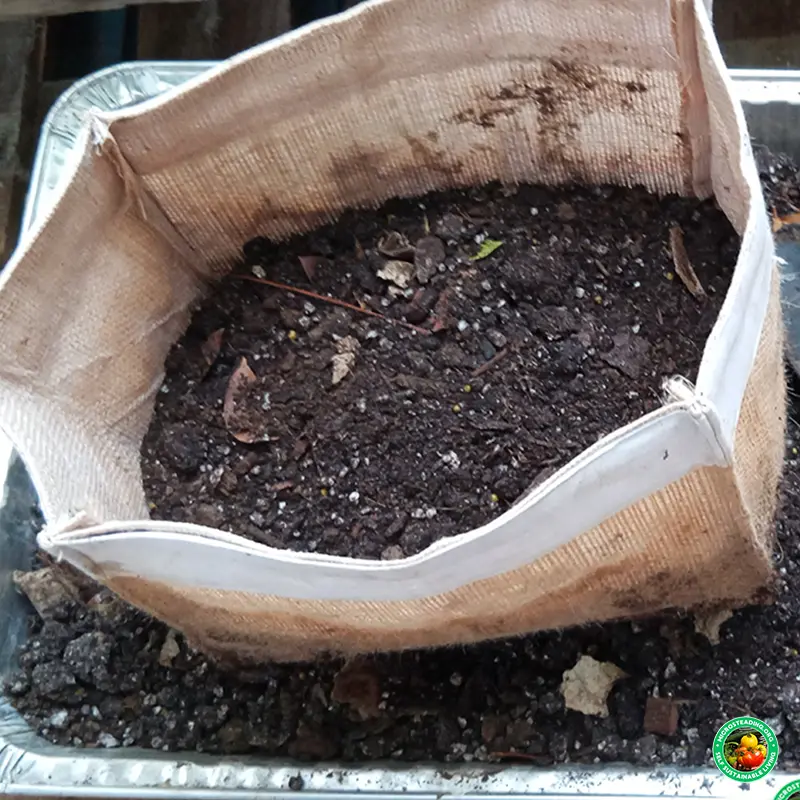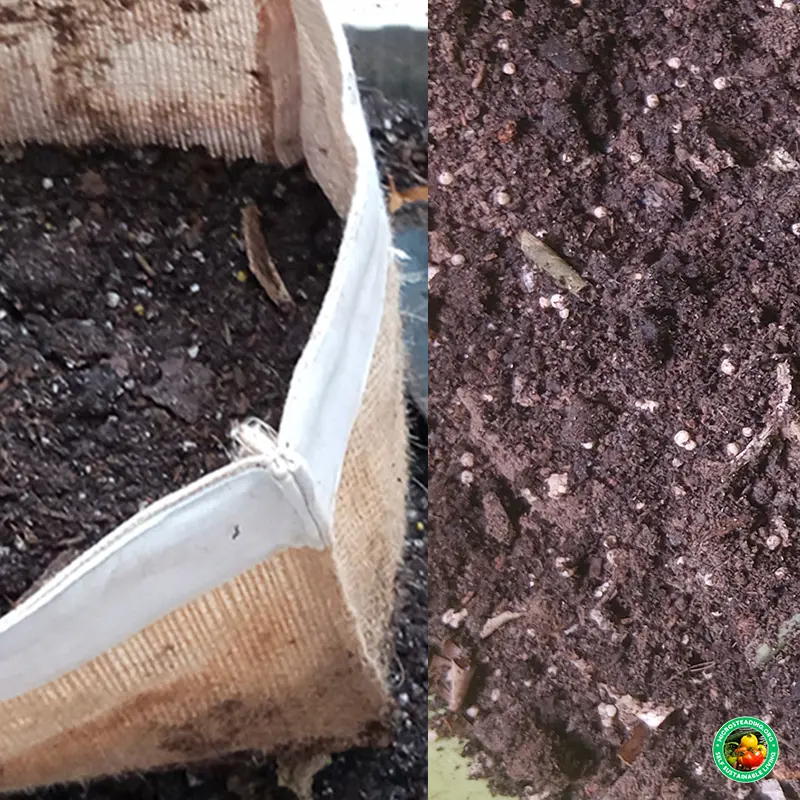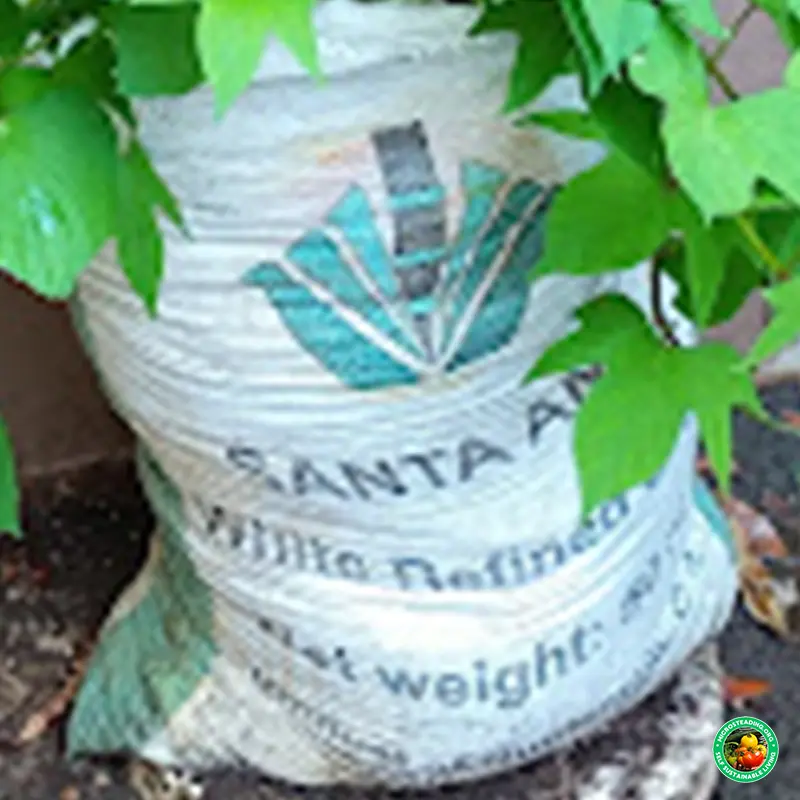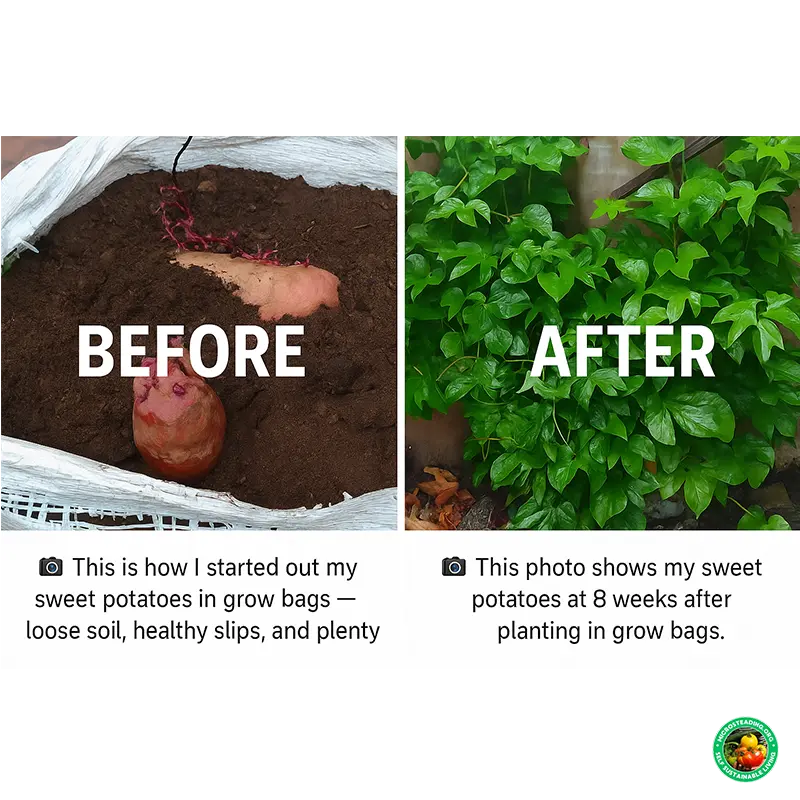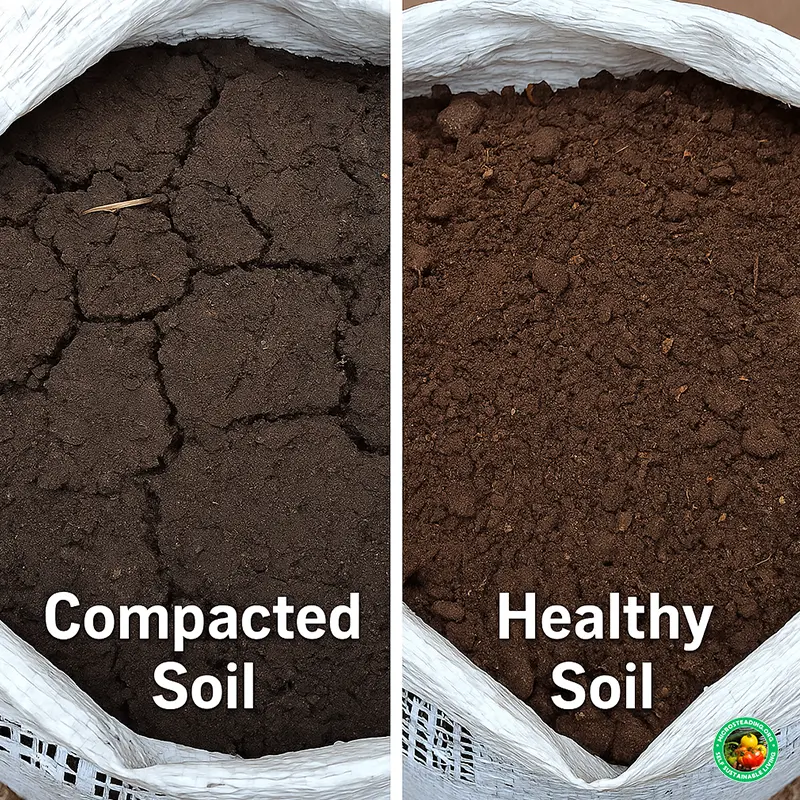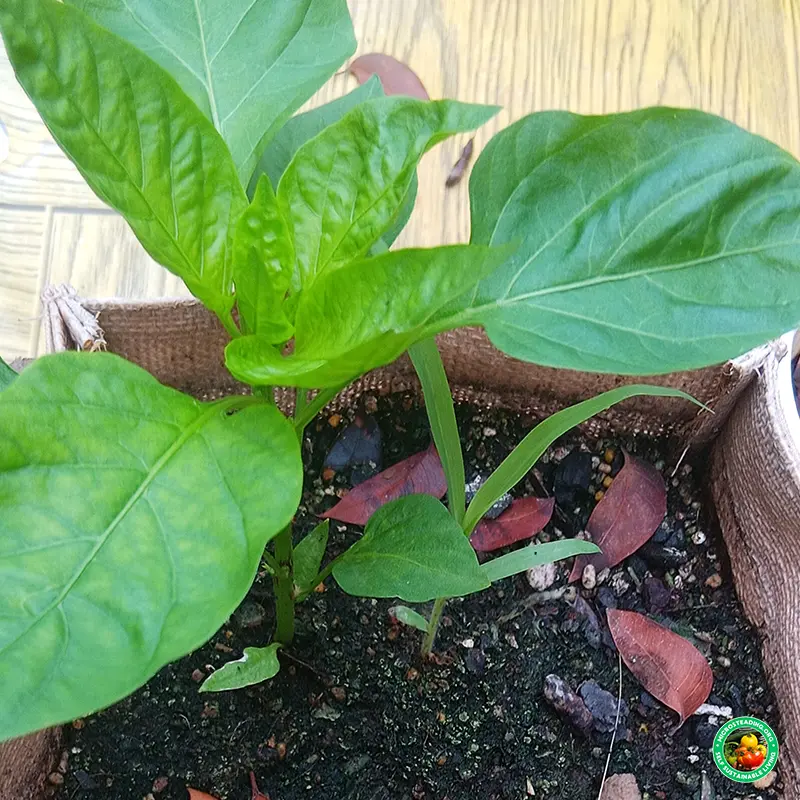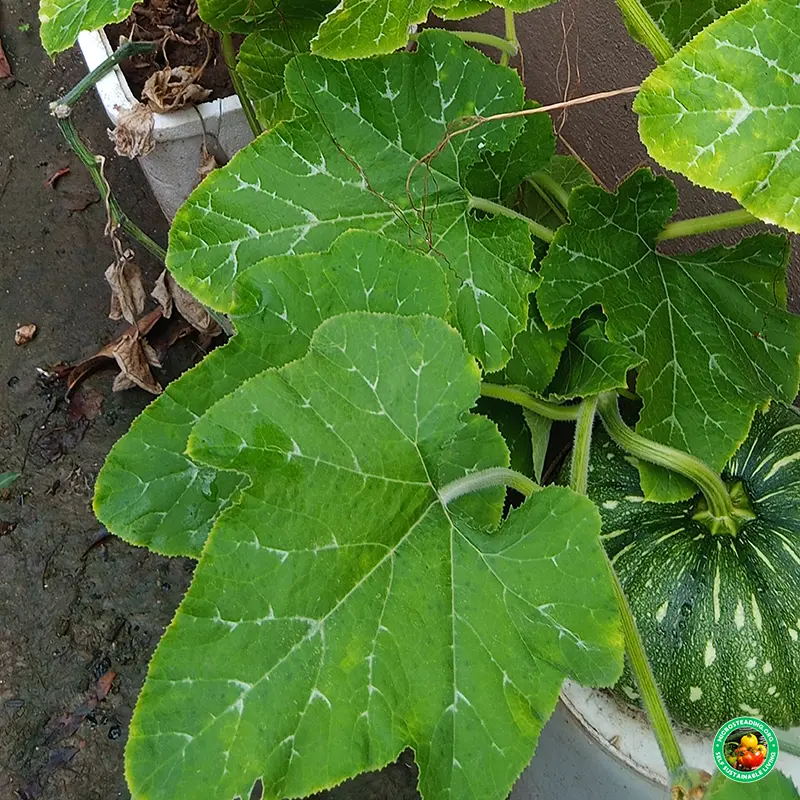Dealing with Pests in Small Grow Spaces
If you’re growing in a tight space — a balcony, rooftop, or backyard microstead — you might think pests would be less of a problem. Fewer plants, fewer problems, right?
Unfortunately, the opposite can be true. In compact gardens, pests can spread faster and do more damage in less time. But here’s the good news: small-space pest management is easier to monitor, quicker to adjust, and highly effective when done right. Let’s walk through how to protect your grow bags from the most common threats, without spraying toxic stuff or stressing out.
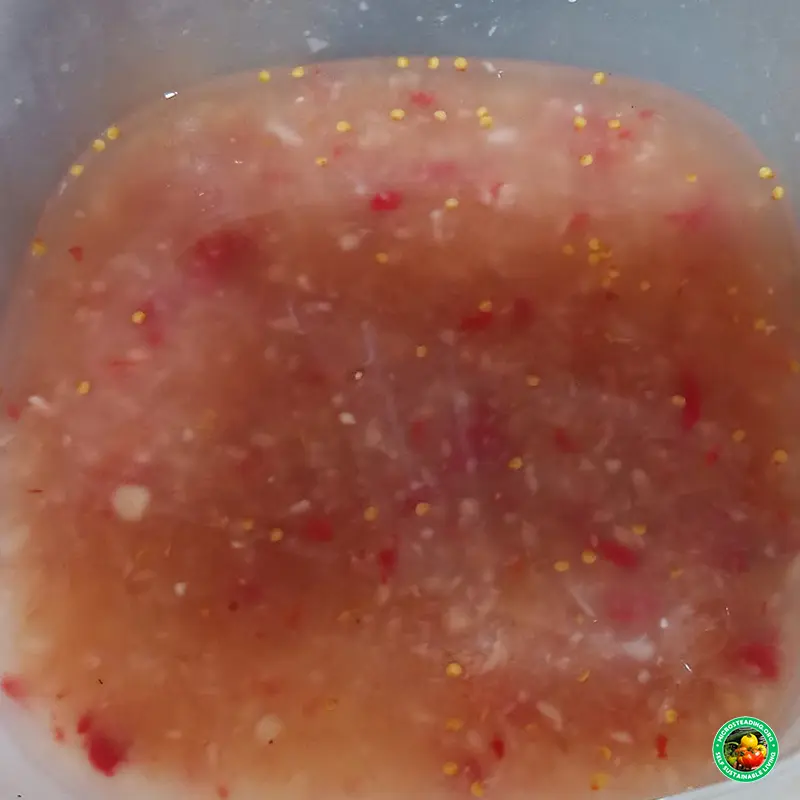
🧄 Carl’s Real-Life Tip:
In my USDA Zone 13 Microstead, I had a persistent battle with whiteflies and leaf miners on my tomatoes and basil. A simple spray made from crushed garlic, hot pepper, and water worked wonders. After two weekly applications, the pests were completely gone — no chemicals needed.
Recipe:
Blend 2 garlic cloves + 1 small hot pepper in 2 cups of water. Let sit overnight, strain, and spray the undersides of leaves early in the morning.
Why Small Grow Spaces Are Uniquely Vulnerable
Pests in container setups are drawn to:
- Limited airflow — between closely packed containers or walls
- Warm, humid pockets — around plant bases and mulch
- Soft, nutrient-rich soil — perfect for gnats and aphids
- No natural predators — especially on patios or indoors
But don’t worry — the same size that makes these gardens vulnerable also makes them highly controllable once you know what to look for.
Common Grow Bag Pests (and How to Spot Them)
Aphids
These tiny green, black, or white bugs love new growth. You’ll often see curled leaves or sticky residue.
→ Solution: Blast with water, release ladybugs, or spray with diluted neem oil.
Fungus Gnats
These are small black flies that hover over moist soil. Larvae feed on roots and fungus.
→ Solution: Let the top layer dry out, use yellow sticky traps, and topdress with sand or cinnamon.
Whiteflies
Fast-moving, powdery white bugs that swarm when disturbed. Common in tomatoes and basil.
→ Solution: Use reflective mulch, sticky traps, or a garlic spray. Also, try the basil + mint trick from Companion Planting in Grow Bags.
Slugs and Snails
Slugs and snails is a big issue with shaded, moist containers on patios or shady corners.
→ Solution: Use copper tape, diatomaceous earth, or inverted citrus peels as traps.
Caterpillars (Cabbage Loopers, Tomato Hornworms)
Chewed leaves, droppings, and full defoliation can happen overnight.
→ Solution: Hand-pick, spray with Bt (Bacillus thuringiensis), or use insect netting.
Best Prevention Strategies for Grow Bag Gardens
The best pest control is prevention. Here’s what works:
Proper Spacing and Airflow
Don’t overcrowd your bags. Leave at least 8–12 inches between medium containers. Use vertical supports to lift foliage and allow air to circulate.
Healthy Soil
Strong plants resist pests better. Use a balanced, nutrient-rich mix like our Best Soil Mixes for Grow Bags guide. Consider adding compost from your own grow bags — see Composting Directly in Grow Bags.
Rotate Crops
Even in bags, rotating crops every season helps prevent soil-borne insect eggs from hatching under their favorite food source.
Use Companion Plants
Add marigolds, garlic, mint, or basil to repel specific pests. For smart pairings, revisit our article on Companion Planting in Grow Bags.
Elevate Your Bags
Raising bags onto bricks, crates, or benches keeps them out of reach of crawling pests and improves airflow underneath.
Inspect Weekly
Lift leaves, check stems, and look under the rim of bags. The earlier you spot a problem, the easier it is to solve.
Natural Sprays You Can Make at Home
Garlic-Pepper Spray
Blend two cloves of garlic, one hot pepper, and 2 cups of water. Let it sit overnight, strain, and spray.
Neem Oil Mix
Mix 1 tsp neem oil + a drop of dish soap in 1 liter of water. Spray every 5–7 days as needed.
Cinnamon Dusting
An excellent anti-fungal and gnat deterrent. Sprinkle over moist topsoil after watering.
These solutions work best in the early morning or late afternoon. Avoid spraying in direct sunlight.
Use Physical Barriers
- Row covers or mesh — great for brassicas and leafy greens
- Sticky traps — especially for gnats and whiteflies
- Cloches or clear domes — for tender young starts
- Copper tape or rings — to repel slugs from the base
Even a simple wire basket flipped upside down for delicate seedlings can prevent pecking birds or climbing pets.
Reclaiming Infested Bags
What if a grow bag is overrun?
- Remove the plant if too far gone.
- Dump out and solarize the soil in a black bag (1–2 weeks in full sun).
- Clean the grow bag with diluted vinegar or soap water.
- Refill with fresh mix or rotate crops.
This gives you a clean slate, without throwing away your setup.
Bonus Tip: Self-Watering Bags Slow Gnats
If you’re using a wicking or self-watering setup (like in How to Set Up a Self-Watering Grow Bag System), you’ll notice fewer gnats and soil-dwellers. Keeping the surface dry while the bottom stays moist discourages fungus gnat larvae.
Pair this with regular top dressings of dry material like straw or vermicast, and you’ll have a system that naturally balances itself.
Final Reflections
You don’t need sprays, poisons, or panic to control pests in small grow spaces. You need the right strategy, a little observation, and the willingness to act early.
The beauty of grow bags is that they make pest control easier than in-ground beds—you can isolate, relocate, elevate, and amend them quickly.
Start by observing your plants weekly. Catch problems before they explode. Let nature help you through beneficial bugs, strong soil, and clever plant pairings.
Most importantly, remember: a healthy microstead isn't pest-free—it’s balanced.


